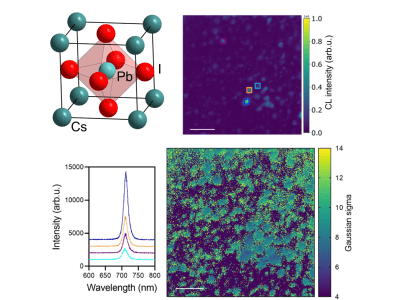
State-of-the-Art Instruments for Advanced Materials Science and Semiconductor Defect Inspection
Our Advanced Equipment Lineup
Discover our high-performance cathodoluminescence solutions, engineered for exceptional materials characterization. Our range includes versatile multi-spectroscopic CL SEM platforms, CL STEM add-ons and automated wafer CL SEM systems, delivering unparalleled precision and adaptability to meet all your materials inspection requirements.

About Cathodoluminescence
Attolight revolutionizes cathodoluminescence analysis with its innovative optical collection design, seamlessly integrated into a SEM column. This advanced system enables precise quantitative analysis and enhances the charaterization of any materials, thanks to its highly efficient photon collection.
Elevate your research and quality control standards with Attolight’s cutting-edge technology!

Trusted by top semiconductor companies and prestigious research institutes worldwide
Stay informed with our latest developments and events
Stay informed with the latest developments, breakthroughs, and insights.
.webp)
Attolight AG Sponsors the UKNC 2025 Winter Conference
Meet Tokyo Instrument at SEMICON Japan (Dec 11-13; Tokyo)

Join us at the MRS Fall Meeting & Exhibit 2024 in Boston!
Ready to revolutionize your materials characterization approach?
Establishing Cathodoluminescence as a standard inspection method
We are committed to delivering state-of-the-art solutions that provide unparalleled precision, speed, and ease-of-use, enabling our customers to drive performance and innovation in the semiconductor industry and beyond.
By establishing cathodoluminescence as a standard characterization technique, we strive to empower researchers, manufacturers, and industry leaders worldwide.

























